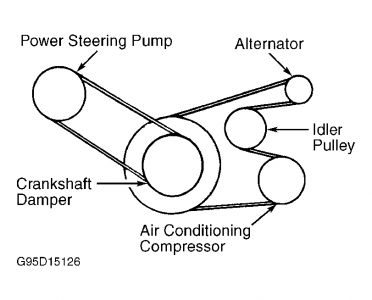At a glance, a tire is simply an inflated piece of rubber stretched over a rim. However, there is so much more to new tires than meets the eye. The make of your tires can determine how well your vehicle can handle in different weather conditions, cornering, ride comfort, ride noise level, and many more factors. Each of these factors is determined by the highly tested engineering that goes into each new tire. The
new tires experts at
Bob Sumerel Tire Co. have laid out a list of explanations of some of the key engineering components that go into a tire.
The Rubber
The rubber of a tire is actually made up of two key ingredients, the rubber and the filler. These two are carefully balanced and varied across different tire brands to account for the performance of the tire in different weather conditions. There are also different types of rubber used in different tires to achieve certain performance objectives for that type of tire.
Tire Cords
Fabric and steel cords are used in tires to help reinforce the rubber against the heavy loads that the tires are carrying. Both types of cords are produced in highly controlled environments to ensure peak quality. Tire cords can play a large factor in ride comfort and load capacity.
Bead Compnent
This aspect of the tire helps to anchor the body plies (made of fabric and steel cords) and lock the tire onto the actual wheel. Bead components in all tires must be precise to ensure ride safety.
Tread and Sidewall
These components of the tire are made from a machine called an extruder. The extruder simply shapes the rubber into the correct profile of either the tread or the sidewall.
So remember, the next time you are looking at new tires to buy feel free to ask
your local Bob Sumerel Tire salesmen about these components. They are committed to getting you the right tires at the right price no matter what. Make
Bob Sumerel Tire Co., home of the lowest drive away tire price guarantee, your one stop shop for all things tire and service.
Please visit us on
Facebook,
Twitter,
Google+, and
Yelp.





